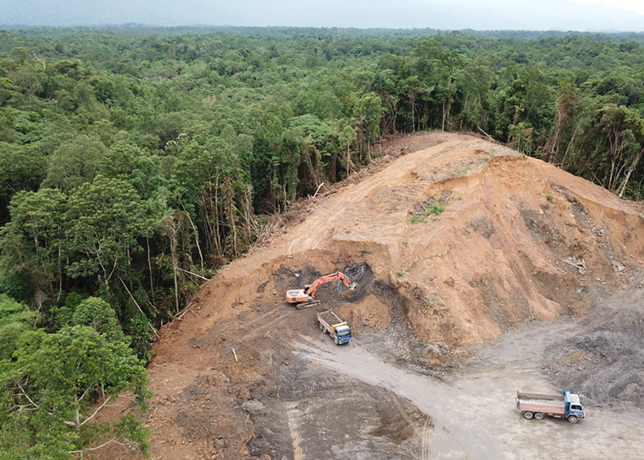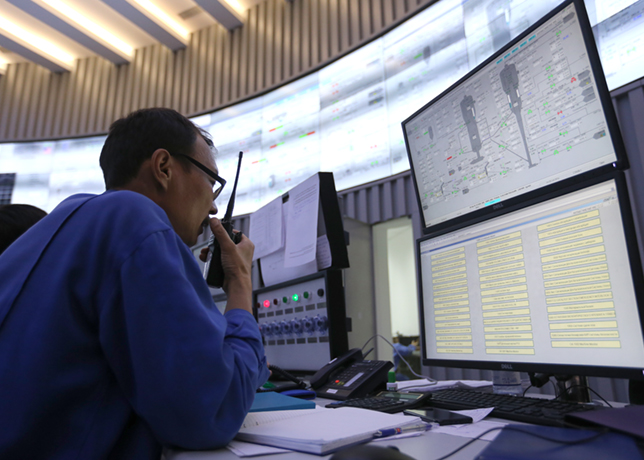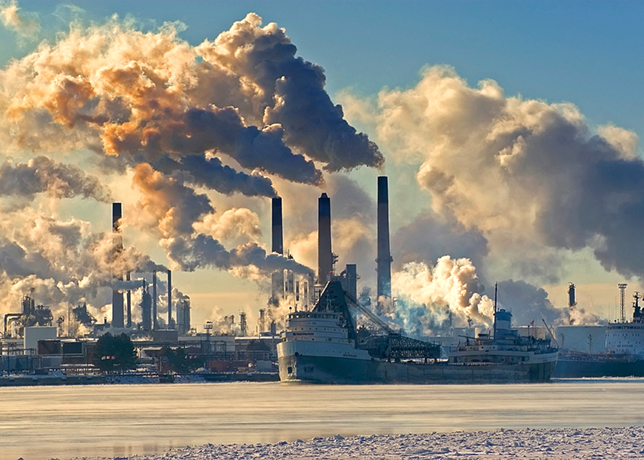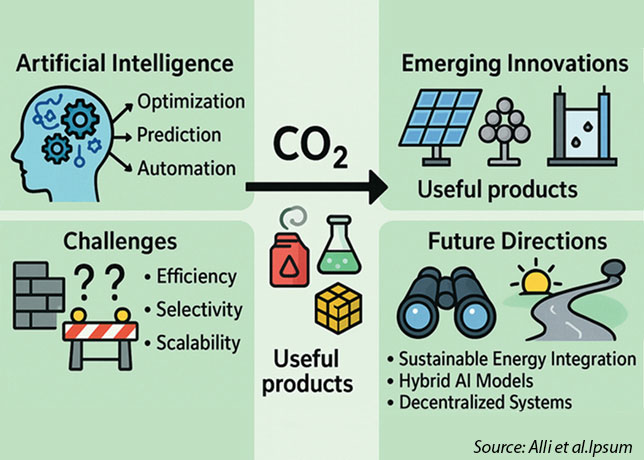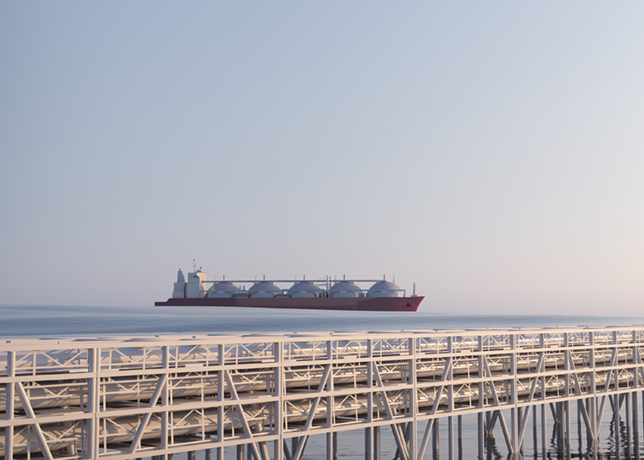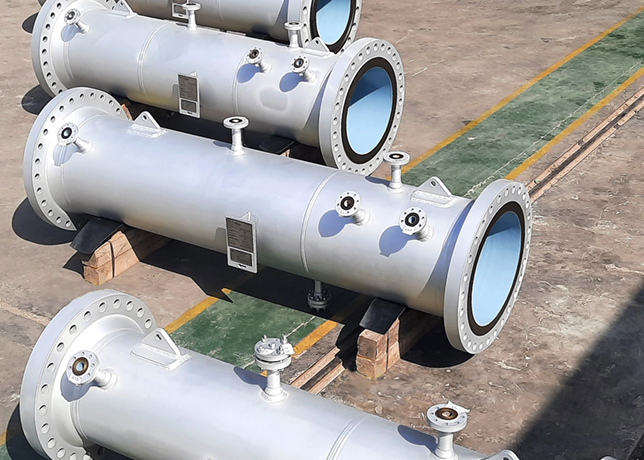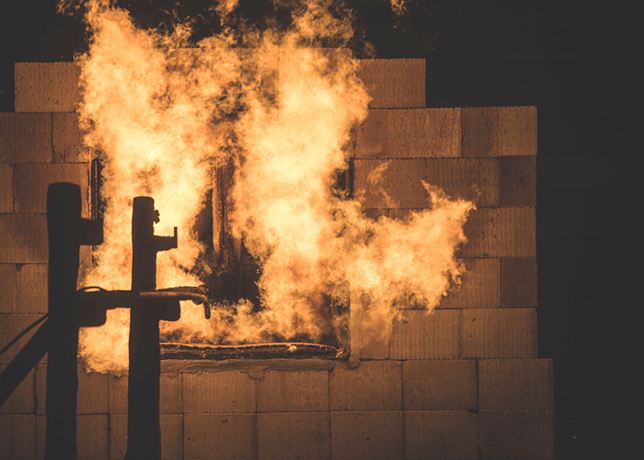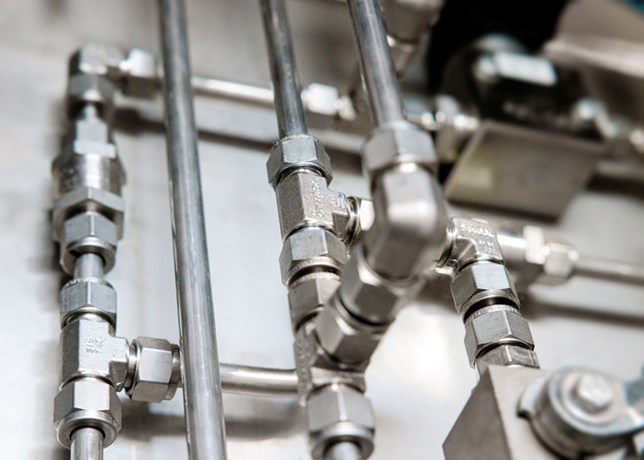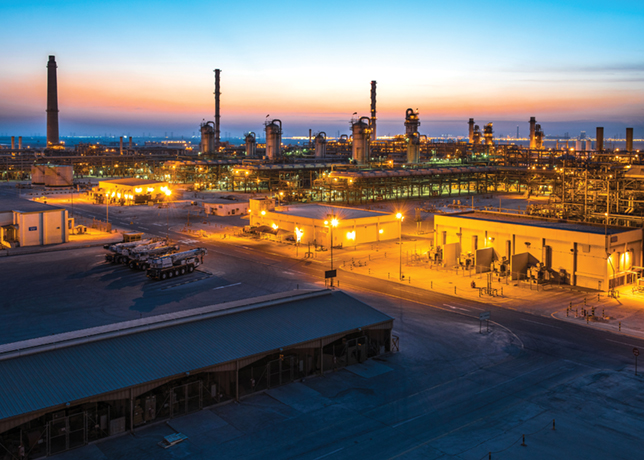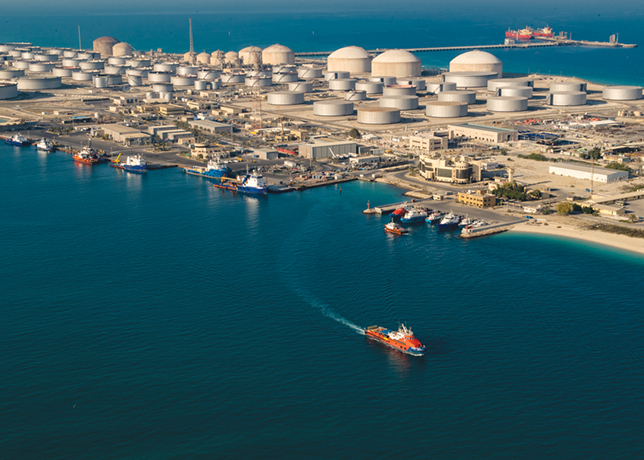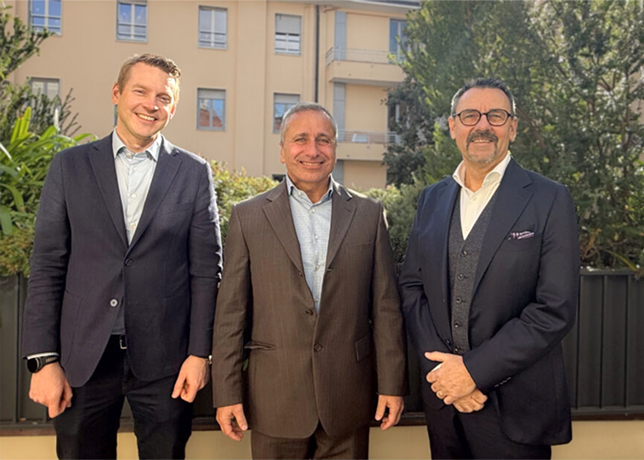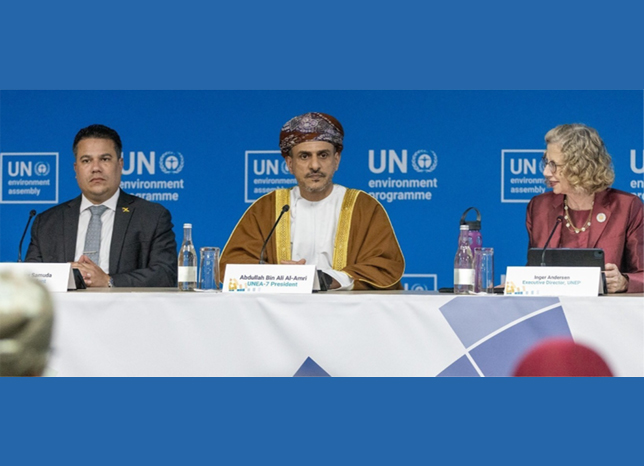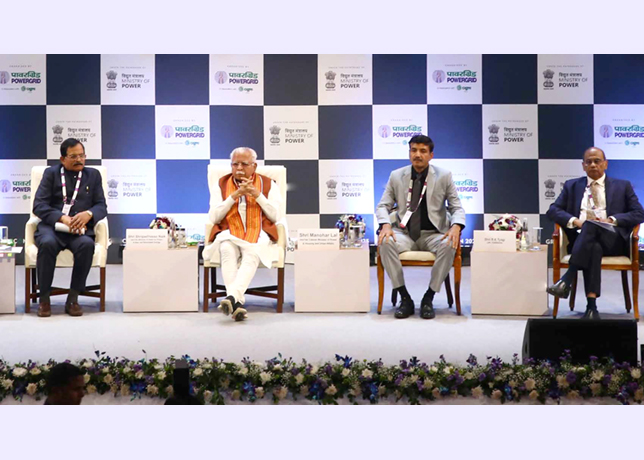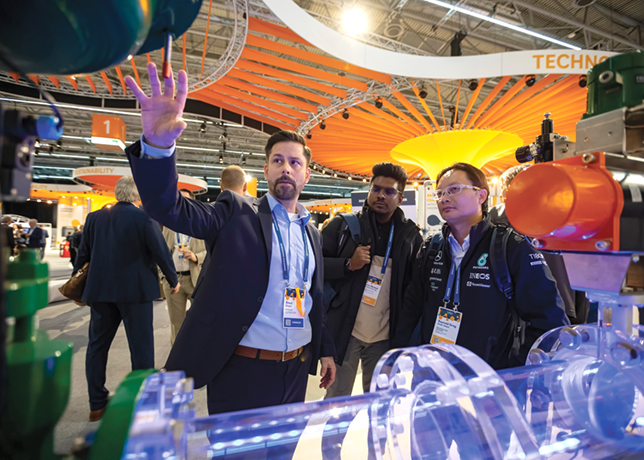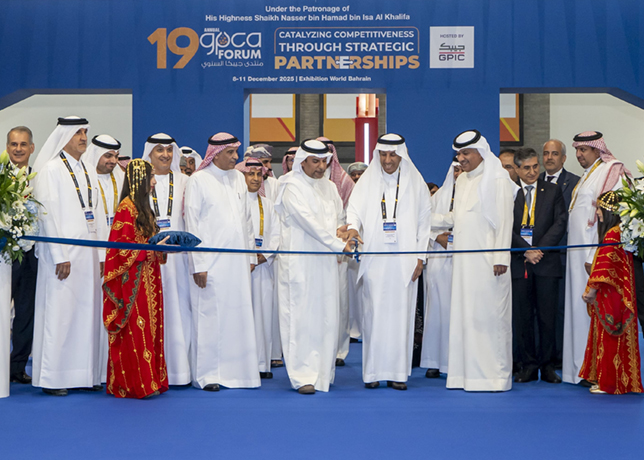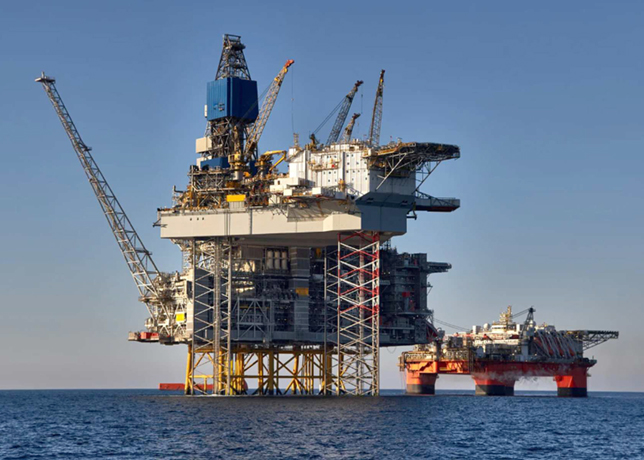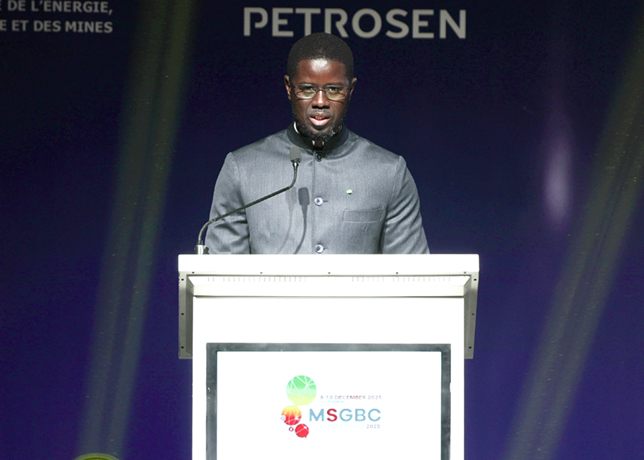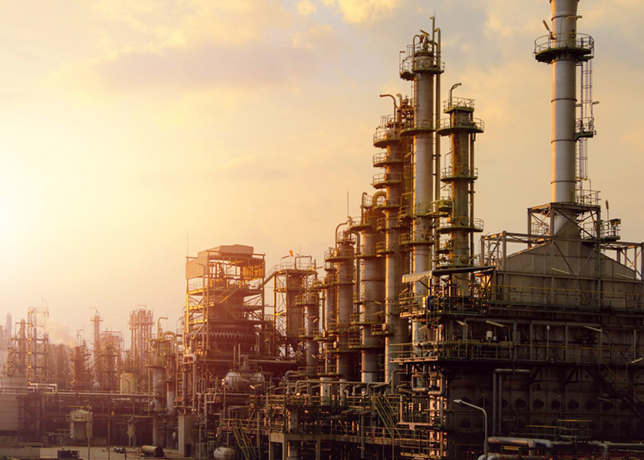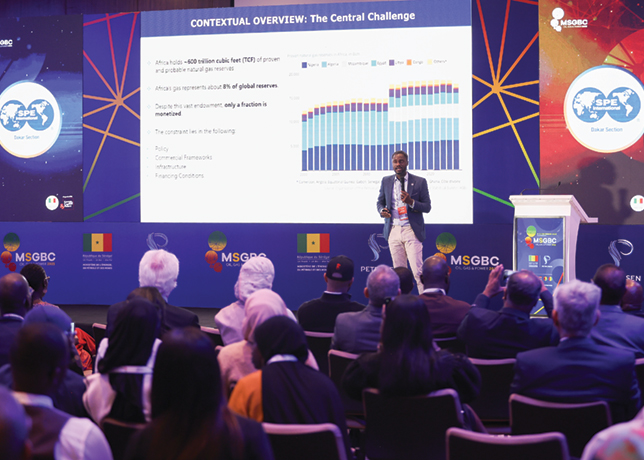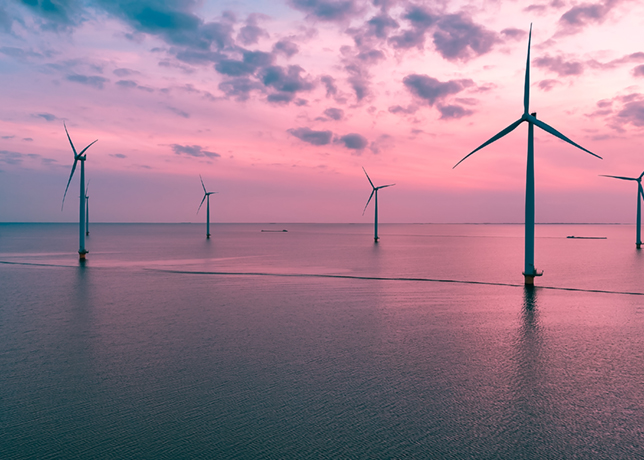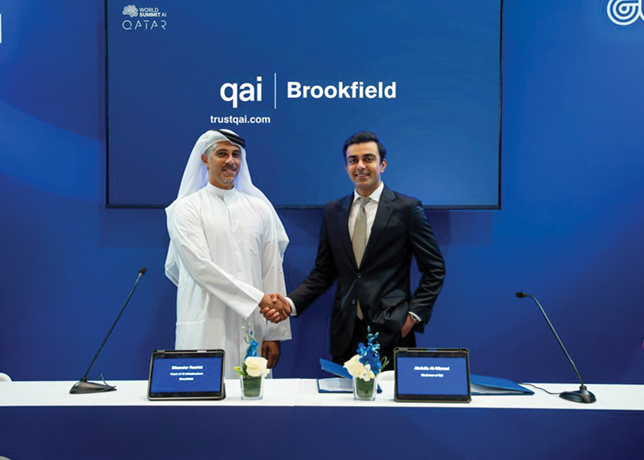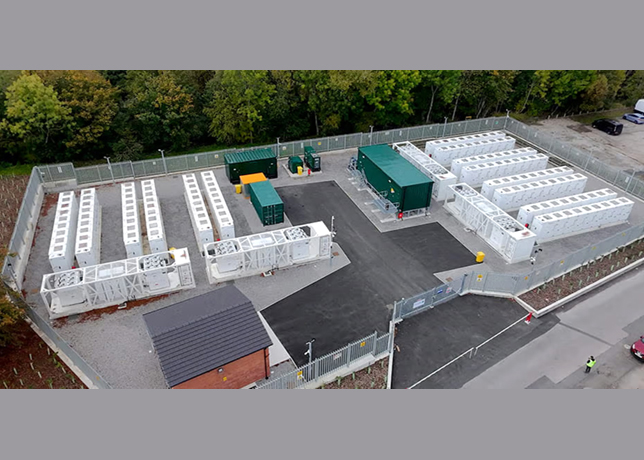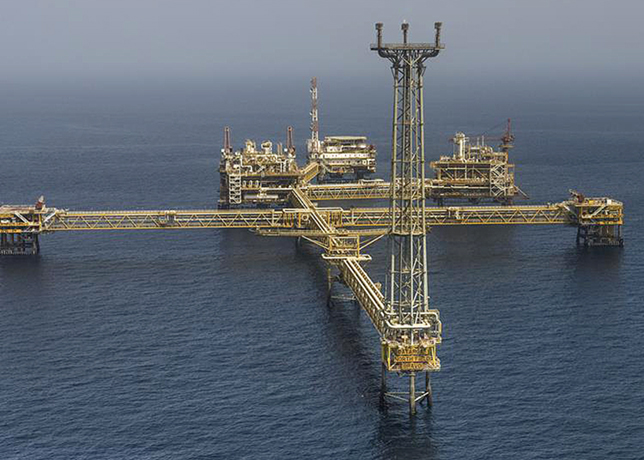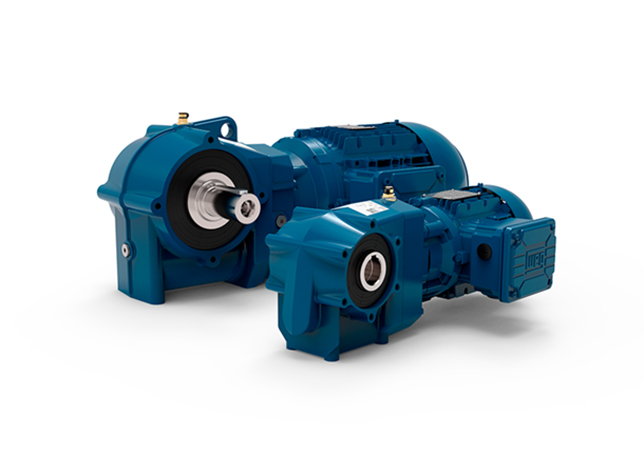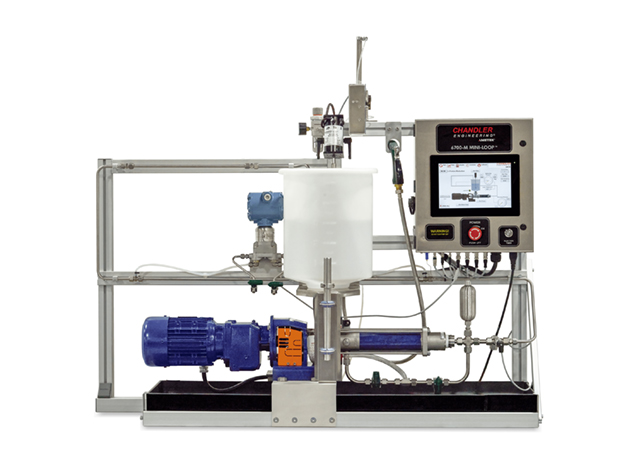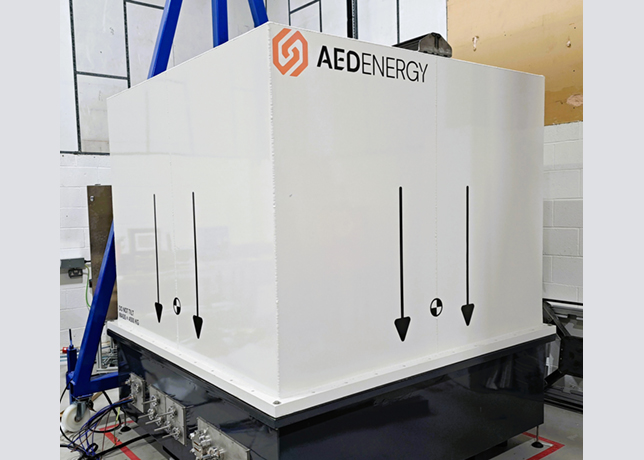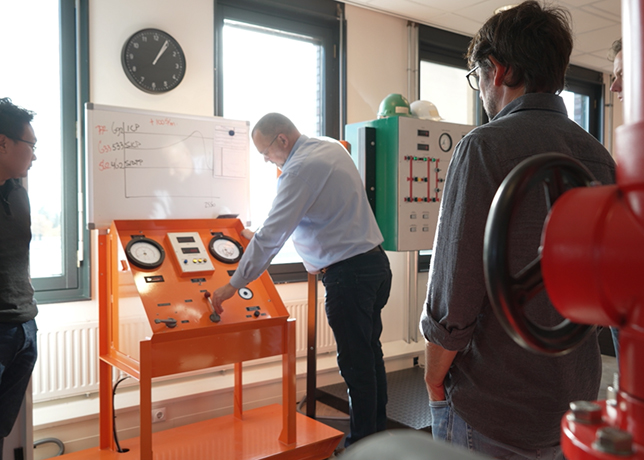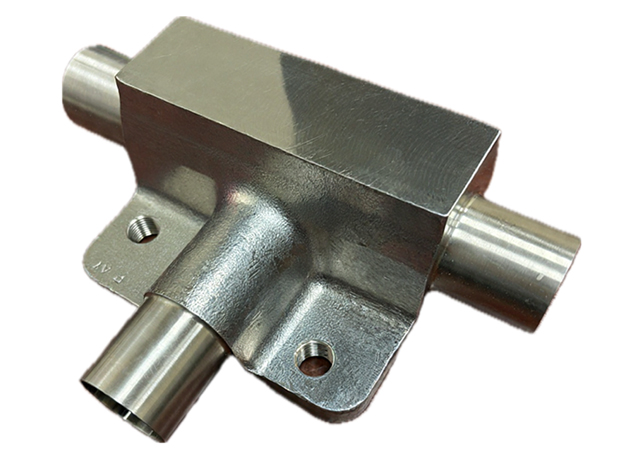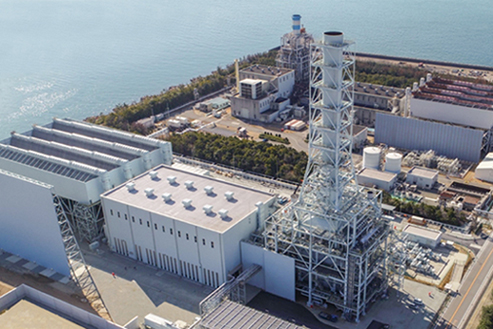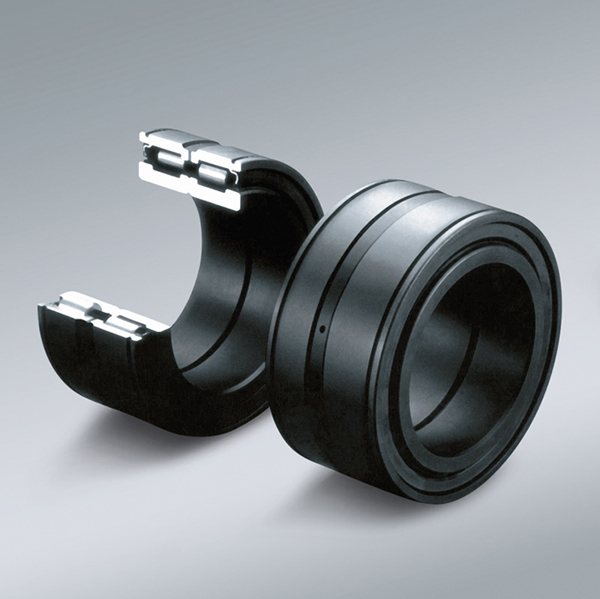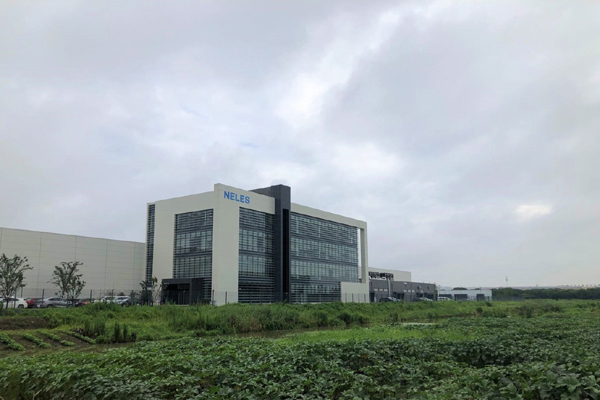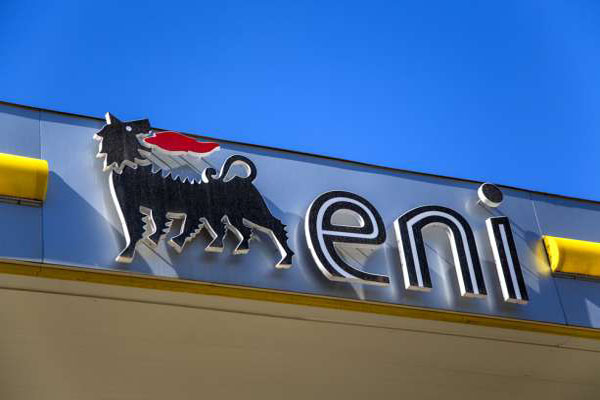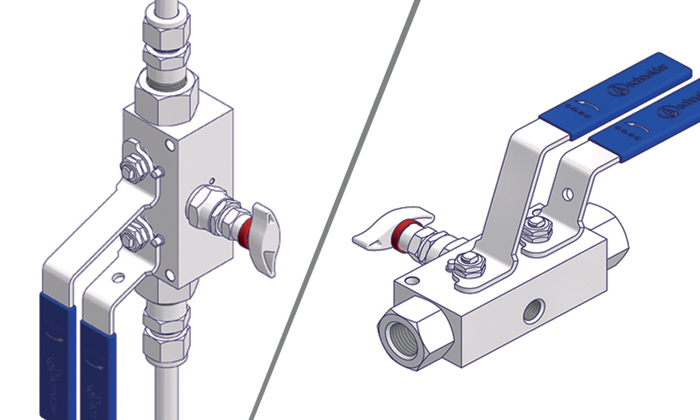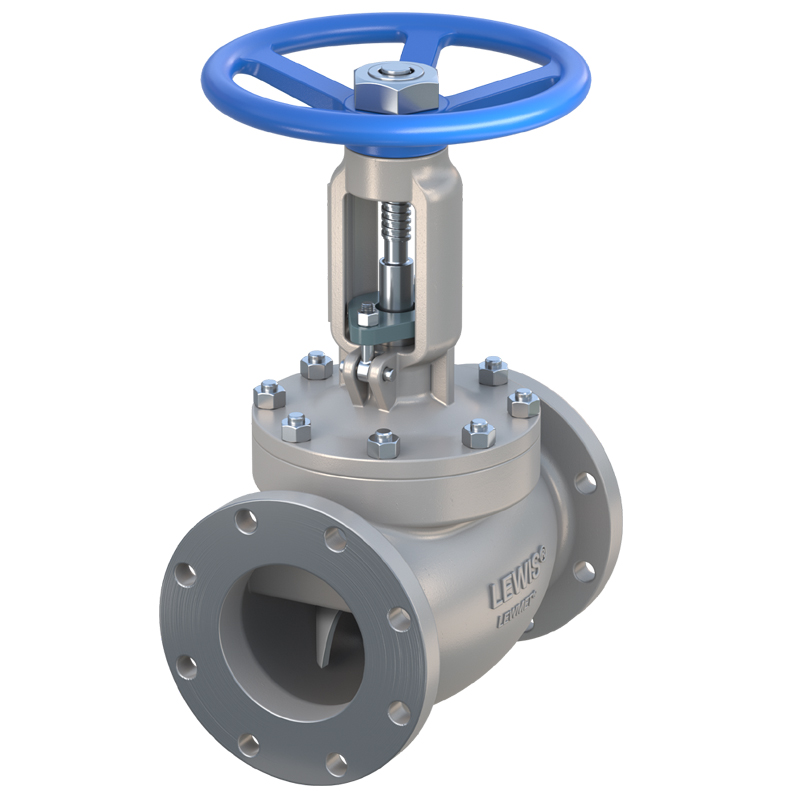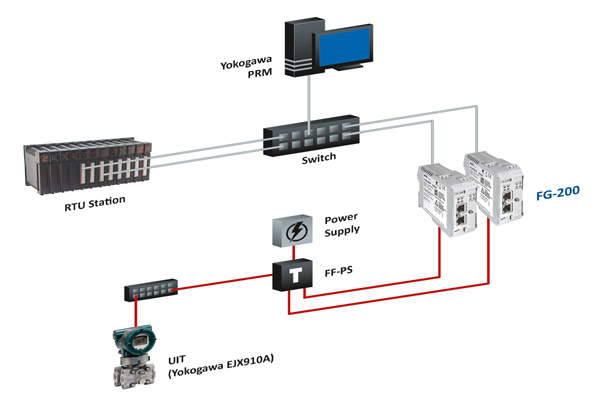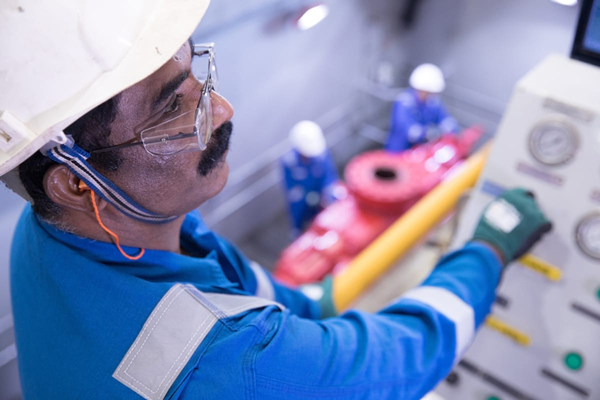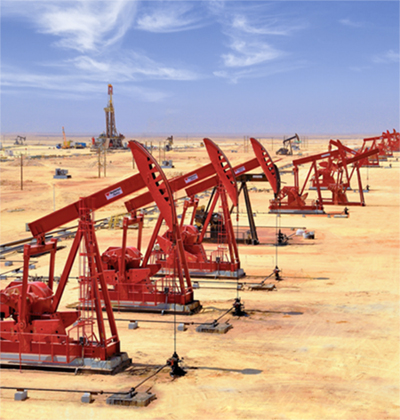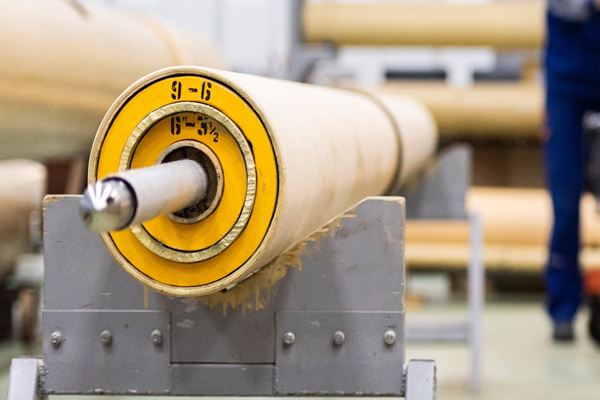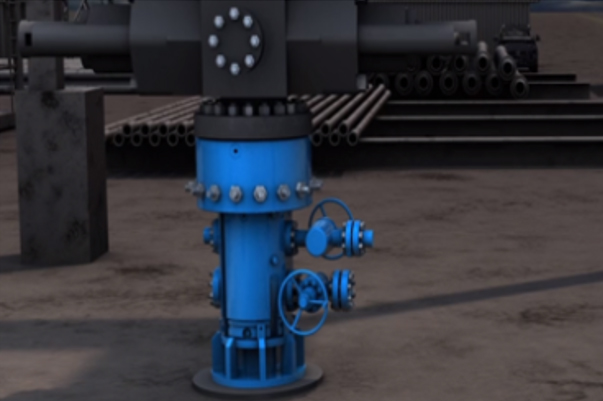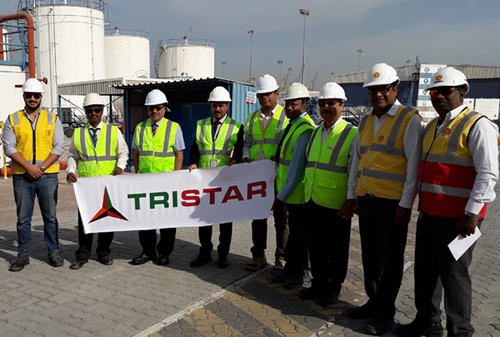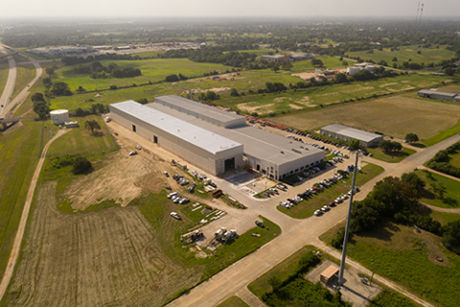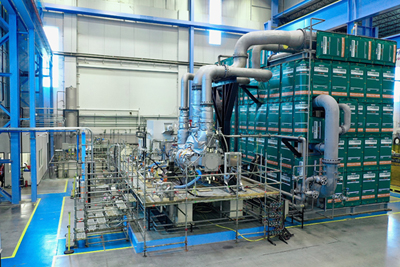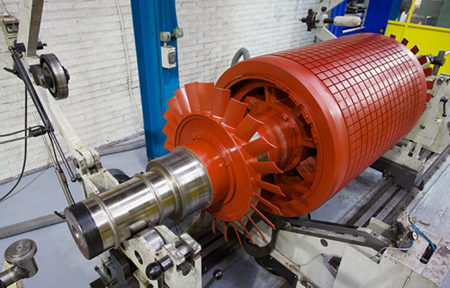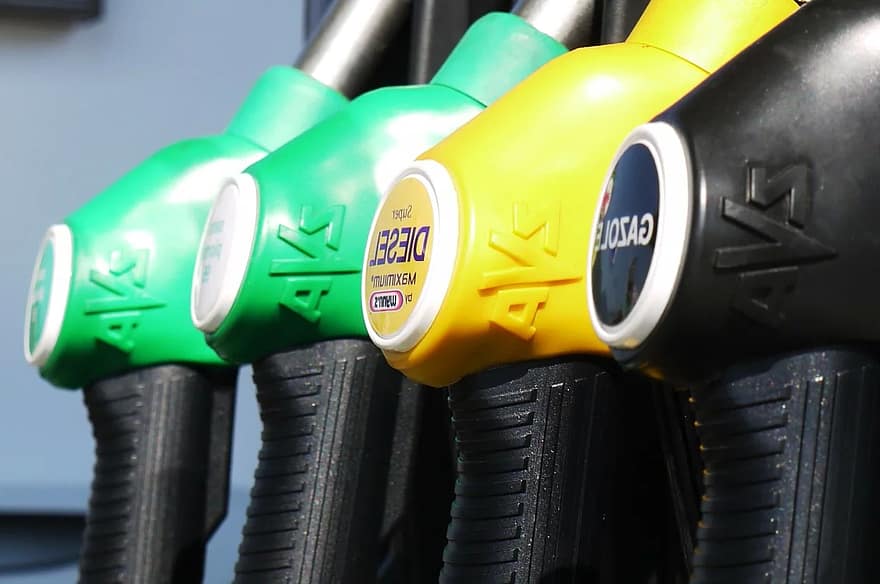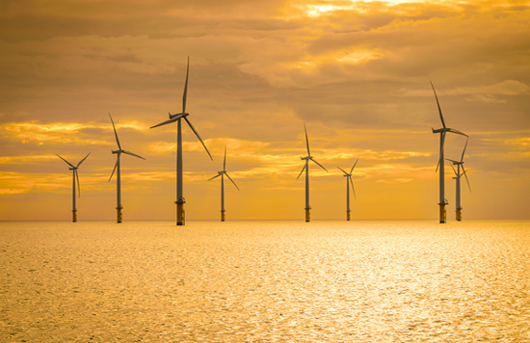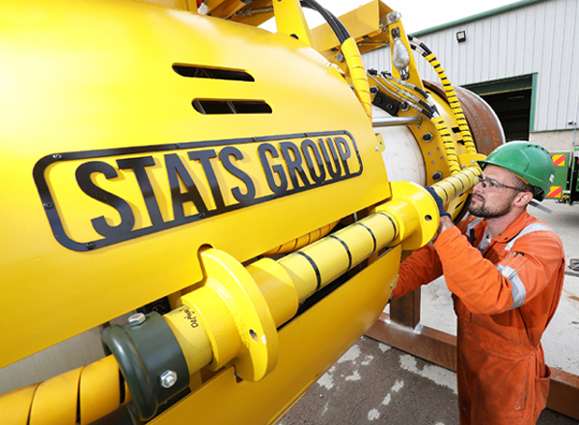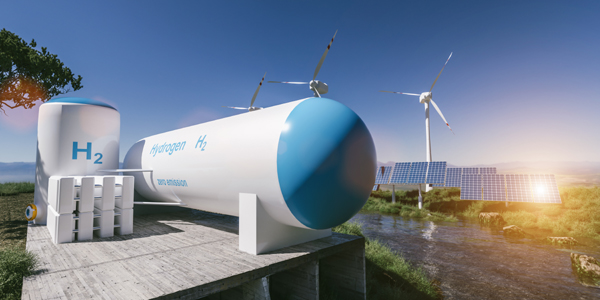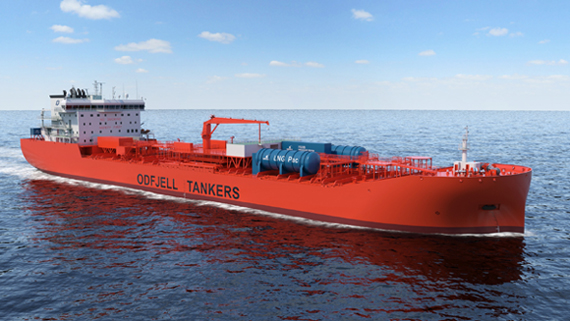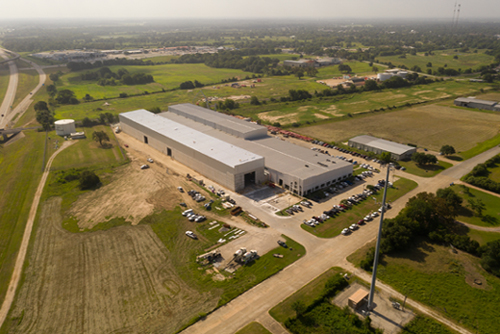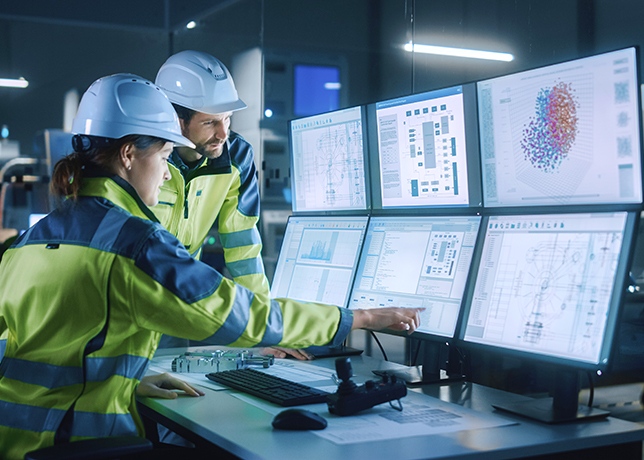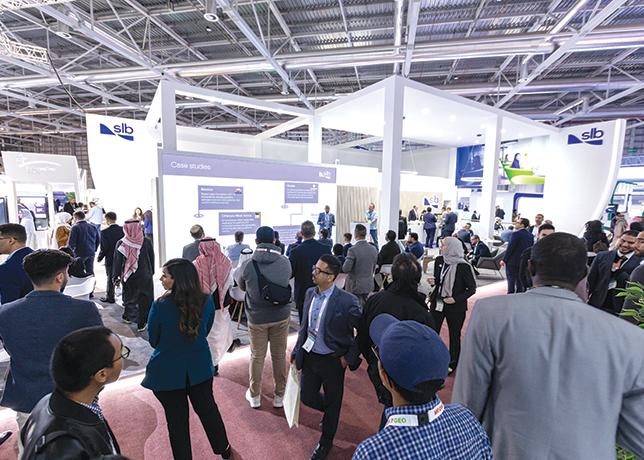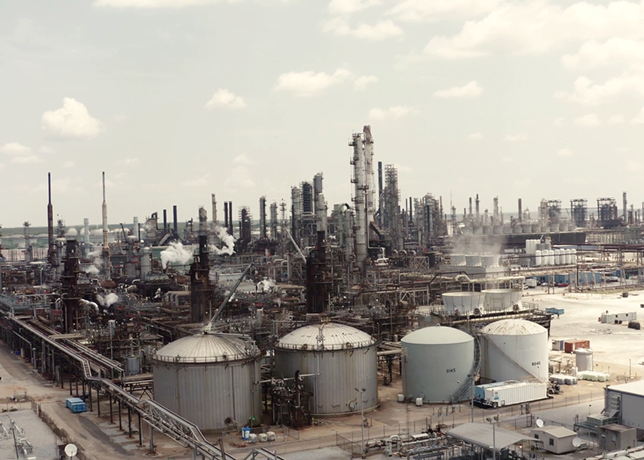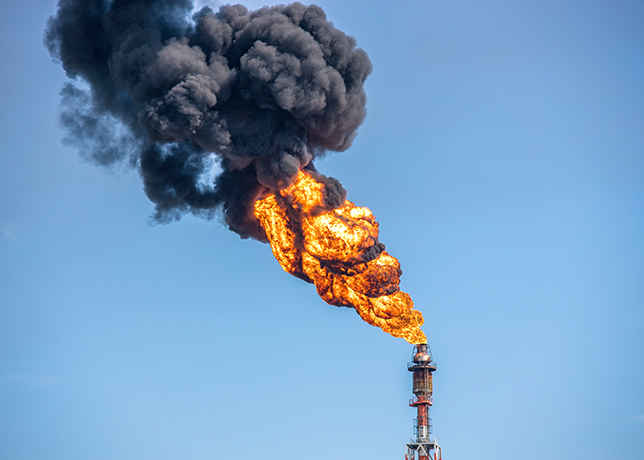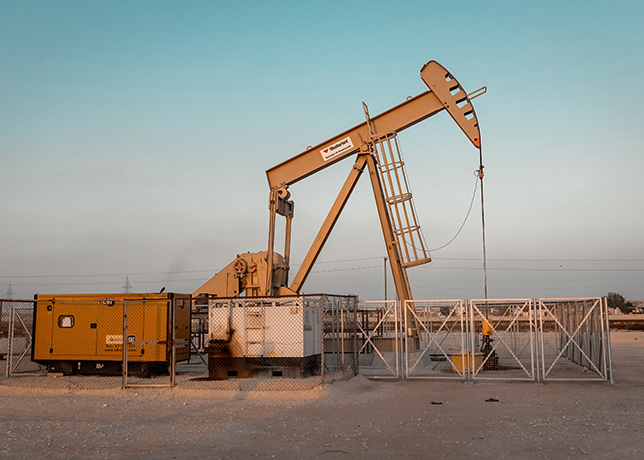
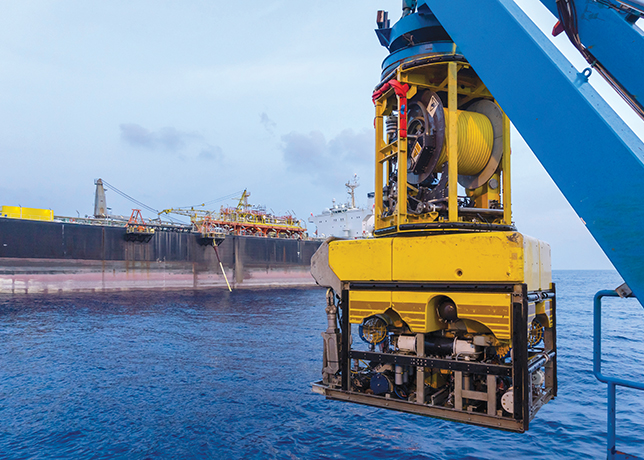 An ROV ready to be launched
An ROV ready to be launched
AI and automation are redefining drilling by cutting costs, boosting efficiency, and environmental compliance, while unlocking new energy frontiers across the globe’s most challenging geologies
AI and automation are redefining drilling by cutting costs, boosting efficiency, and environmental compliance, while unlocking new energy frontiers across the globe’s most challenging geologies
AS global energy demand steadily rises amid mounting decarbonisation pressures, the oil and gas industry is tasked with producing more oil and gas, more safely, at lower costs, and with fewer emissions.
Nowhere is this dual mandate more evident than in the fast-evolving domains of onshore and offshore drilling.
Emerging technologies, such as automation, artificial intelligence (AI), digital twins, and remote monitoring systems, are enabling companies to meet these challenges head-on.
From the shale basins of North America to the pre-salt reservoirs of South America, and from the ultra-deepwater fields of the Gulf of Mexico and the North Sea to the high-capacity offshore developments of the Arabian Gulf, the drilling landscape of 2025 is smarter, faster, and greener than ever before.
Onshore drilling operations, particularly in North America and the Middle East, are increasingly powered by AI, machine learning (ML), and automated control systems.
Operators like Chevron and Devon Energy are leading the way, leveraging advanced analytics to optimise well placement, predict downhole conditions, and reduce drilling non-productive time (NPT) by as much as 30 per cent.
Chevron’s ‘triple-frac’ method, which fractures three wells simultaneously, has cut per-well costs by up to 12 per cent while boosting production efficiency by 25 per cent in the Permian Basin.
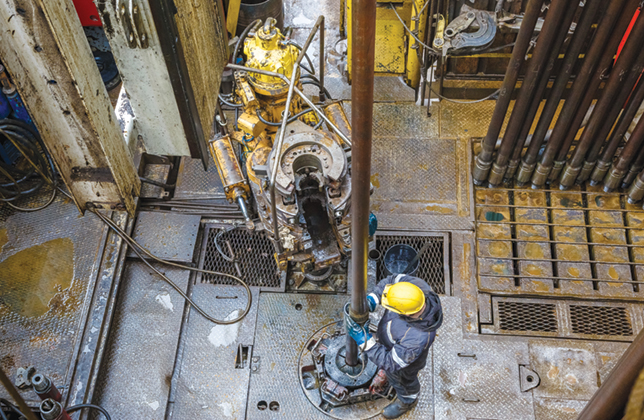 |
The industry will see fully automated rig floors by the end of the decade |
The system relies on real-time feedback loops, smart valves, and AI-driven pumping schedules that dynamically adapt to pressure and flow data to maximise stimulation across each wellbore segment.
Halliburton, meanwhile, introduced Octiv Auto Frac, a fully autonomous fracturing system that enables continuous, self-adjusting pumping operations.
In Coterra’s deployment of this technology, stage efficiency rose by 17 per cent while staff required on-site dropped significantly, a crucial safety gain in high-risk environments.
Beyond fracking, directional drilling benefits from ML algorithms that interpret Measurement While Drilling (MWD) and Logging While Drilling (LWD) data to steer well trajectories with greater precision.
These systems can detect lithological changes in real time and suggest optimal drilling adjustments.
Companies such as Nabors and Helmerich & Payne are embedding these features into their rig fleets through smart-top drives and autonomous pipe-handling systems.
Meanwhile, digital twin technology is making inroads into onshore planning. Operators can now simulate full drilling campaigns using real-time geophysical data, historical well performance, and reservoir modelling.
These predictive systems not only optimise drilling programmes but also reduce material waste and emissions by forecasting inefficiencies before the bit hits the ground.
Digital twins are complemented by edge computing and IoT-enabled rigs, where thousands of sensors relay telemetry data to cloud platforms.
These data are processed locally for fast decision-making and simultaneously sent to centralised control rooms, allowing engineers hundreds of kilometres away to make collaborative, real-time interventions.
OFFSHORE TECH RISES
The offshore environment, particularly in deepwater and ultra-deepwater zones, is where technology truly meets its limits.
Operators face extreme pressures, corrosive conditions, and logistical hurdles that make each drilling operation a high-stakes engineering challenge.
But with the help of advanced robotics, remote-controlled systems, and digital twins, these obstacles are being surmounted.
The Shell Vito platform in the Gulf of Mexico exemplifies modern offshore innovation. It uses a 70 per cent smaller topside footprint than comparable rigs thanks to digitalisation, integrated remote operations, and materials innovation.
Onboard systems run continuous diagnostics via AI-powered software, and subsea blowout preventers (BOPs) are monitored through high-resolution fibre-optic sensors that detect anomalies in pressure and stress long before critical failure.
Remote operated vehicles (ROVs), equipped with precision manipulators, have become standard for maintenance and inspection at extreme depths.
These machines, powered by subsea umbilicals and AI navigation, reduce the need for diver intervention, thus enhancing both safety and operational uptime.
BP, Equinor, and Petrobras are pioneering next-generation ROVs that can operate autonomously for weeks, collecting data and performing minor repairs.
One of the major enablers of efficiency offshore is remote drilling control.
In 2024, the integration of digital command centres allowed operators in Norway and Houston to control North Sea and Gulf rigs respectively in real-time.
These centres receive data from offshore rigs via satellite, fibre-optic cables, or microwave links, allowing engineers to oversee drilling parameters, casing runs, and BOP functions remotely, reducing offshore headcount and risk exposure.
From an environmental standpoint, offshore drilling has seen the adoption of low-carbon energy co-location models.
Floating wind turbines now provide partial power to rigs; and in the North Sea, several platforms have adopted hybrid power setups, combining diesel generators, battery storage, and wind—to cut emissions by up to 40 per cent.
Some Norwegian and UK platforms are even exploring using green hydrogen produced offshore to power auxiliary equipment.
MATURE FIELDS, ESG PRESSURE
Over 70 per cent of the world’s oil now comes from mature fields. Increasing production in these reservoirs requires surgical efficiency, aided by enhanced oil recovery (EOR), CO2 injection, and tight control over drilling processes.
In Oman, for instance, PDO is integrating solar-powered beam pumps with AI-driven reservoir modelling to optimise oil lifts and extend well life.
In Mexico’s southern onshore basins, Pemex uses predictive analytics to time recompletions and workovers for declining wells.
In China, CNPC has deployed 5G-enabled intelligent rigs across the Daqing field, where remote operations, robotics, and drone inspections have driven down manhours and boosted uptime.
In Brazil, Petrobras combines oceanographic AI models with drilling software to predict wave action and optimise riser tensions and mud weights in ultra-deepwater fields like Buzios.
The regulatory push is also pushing innovation. Environmental, social, governance (ESG) targets and carbon disclosure mandates have accelerated adoption of emissions measurement platforms.
Flaring detection via satellite (for example, GHGSat) and rig-based methane sensors are now linked with automated shutdown systems in case of leaks.
Regulators in the EU and Canada are now demanding real-time environmental telemetry from offshore rigs as part of licensing conditions.
FUTURE OUTLOOK
Looking forward, several trends will continue to reshape onshore and offshore drilling:
• AI-powered predictive maintenance: Real-time equipment health monitoring via vibration, heat, and acoustic sensors will drastically reduce unplanned downtime and prolong component life.
• Autonomous drilling systems: From pipe handling to rotary controls, the goal is fully automated rig floors by the end of the decade. Already, robotic roughnecks are replacing manual workers in pilot projects in Texas and Alberta.
• Green energy integration: Hybrid rigs powered by solar arrays and battery storage will be deployed in remote onshore locations, reducing diesel dependence. Offshore, co-located wind and tidal installations will offset operational emissions.
• Smart fluids and nanotech: New-generation drilling fluids—enhanced with nanoparticles and biodegradable polymers—promise better cooling, cuttings transport, and formation protection while reducing environmental toxicity.
• Cybersecurity in industrial control systems: With drilling increasingly reliant on digital controls and remote access, cyber-hardened SCADA and digital twin platforms will be vital. Expect to see more collaboration with national cybersecurity agencies and private tech firms.
As both onshore and offshore drilling move toward fully digital, low-carbon futures, the industry’s continued success will hinge on its ability to adapt, integrate, and innovate.
With a global toolbox of new technologies at their disposal, operators can now achieve more with less—less energy, less time, less risk, and less environmental impact.
By Abdulaziz Khattak






